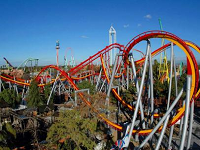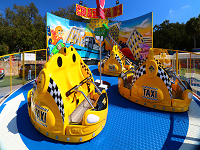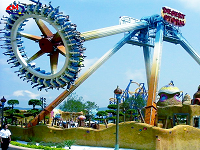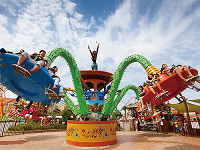What Is The Wear And Tear Of Outdoor Amusement Park Rides?
The wear process of an amusement equipment part can be roughly divided into three stages, namely the running-in stage, the stable wear stage and the severe wear stage. The running-in stage includes the shape change of the friction surface profile peak and the work hardening of the surface material. In the stable wear stage, the parts wear at a steady and slow speed, which marks that the friction conditions remain relatively constant. The length of this stage represents the length of service life.
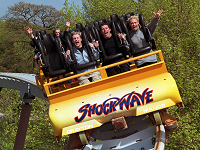
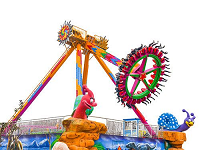
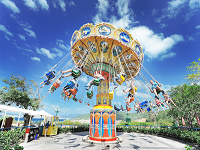
At present, the wear of amusement park equipment can be roughly divided into two categories: one is the description of the wear appearance according to the wear results, such as pitting wear, gluing wear, abrasion wear, etc.; the other is divided into abrasive particles according to the friction mechanism Wear, adhesive wear, fatigue wear, corrosion wear, etc. This section briefly introduces the latter category in turn.
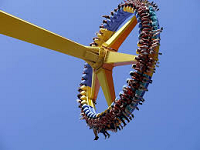
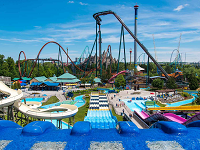
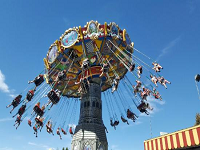
1) Adhesive wear. Under the action of the tangential force, the adsorption film and the fouling film on the surface of the friction pair are destroyed, so that the surface profile peaks are cold welded at each point of interaction, and the material is transferred from one surface to the other due to relative motion , resulting in adhesive wear. During this process, sometimes the material will re-attach back to the original surface, reverse transfer occurs, or become free particles from the attached surface. The higher the load, the higher the surface temperature and the more serious the sticking phenomenon. Severe adhesive wear will cause joint seizure. Adhesive wear is the most common form of wear between metal friction pairs.
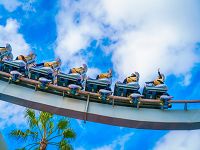
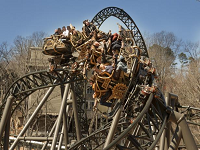
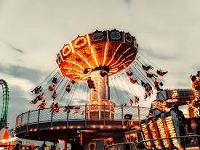
2)Abrasive wear. Free hard particles (such as metal particles caused by dust or wear) or hard contour peaks that enter between the friction surfaces from the outside, draw many grooves on the surface of the softer material and cause the material to fall off, which is called abrasive wear. . Abrasive wear is related to the hardness of the friction pair material and the hardness of the abrasive particles. Sometimes it is more economical to choose cheaper materials and replace parts that are easy to wear on a regular basis.
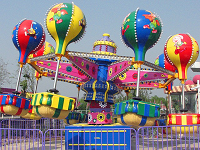
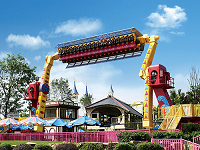
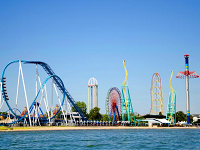
3)Fatigue wear. Under the action of variable contact stress, if the stress exceeds the corresponding contact fatigue limit of the material, fatigue cracks will be formed on the surface of the friction pair or at a certain depth below the surface. The working surface falls off, resulting in pitting damage on the surface, that is, fatigue wear or fatigue pitting.
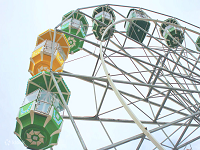
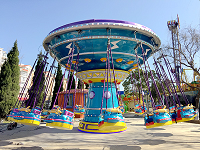
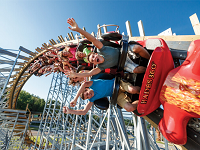
4) Corrosion and wear. During the friction process, the surface damage caused by the chemical or electrochemical reaction between the metal and the surrounding medium (such as acid in the air, lubricating oil, etc.) is called corrosion wear. Among them, oxidative wear is the most common, which is a wear phenomenon in which the contact surface is repeatedly generated and worn off when the metal friction pair works in an oxidizing medium. In fact, it is a process of chemical oxidation and mechanical wear. The size of oxidative wear depends on the bond strength and oxidation speed of the oxide film.
In addition to the basic wear types of the above four types of amusement equipment, there are some wear phenomena that can be regarded as derivatives or composites of the basic wear types.


